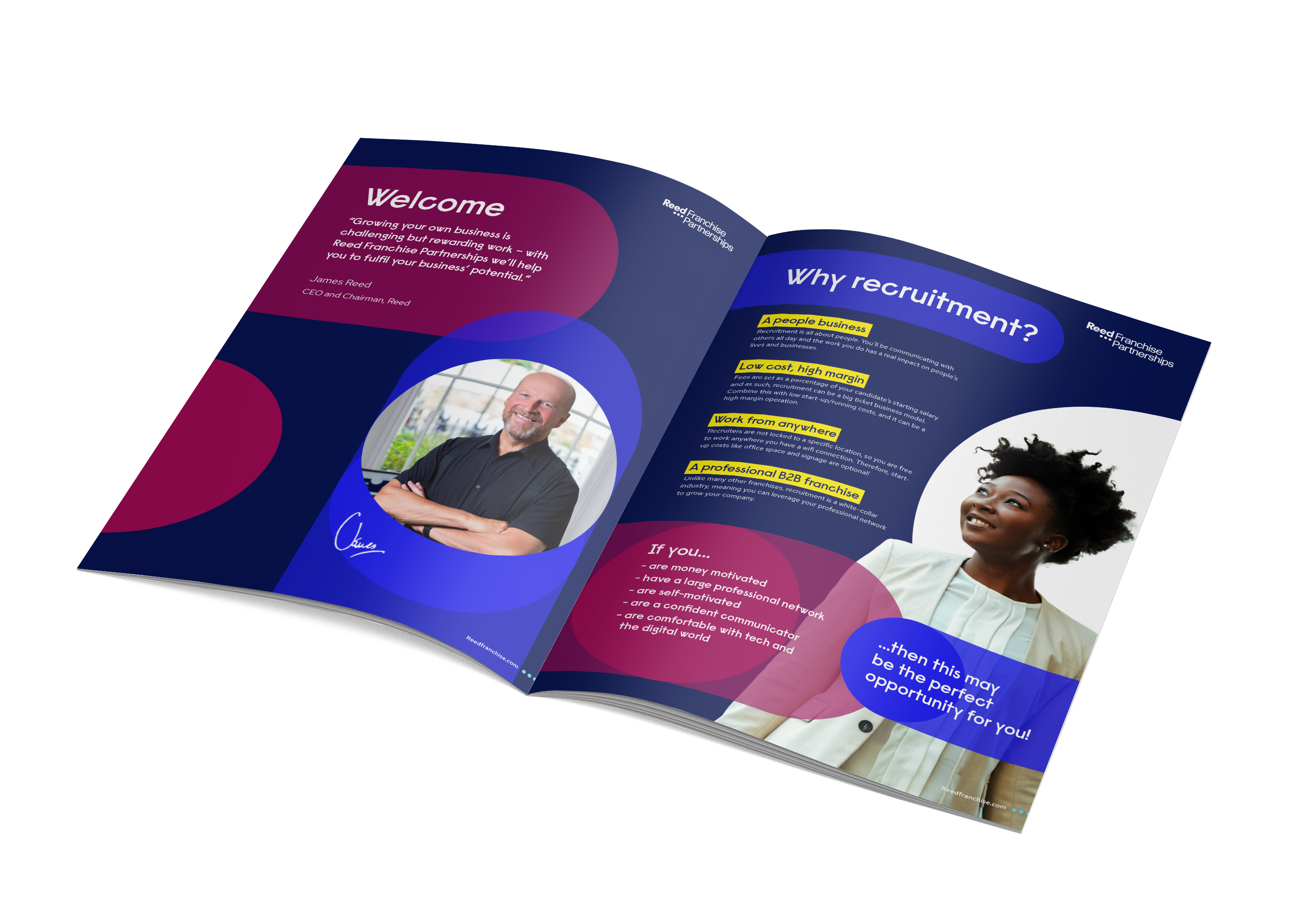What to consider when ‘doing it yourself’
Assuming that, as a start-up, you decide to ‘do it yourself’ for your first few hires, here are some things to consider:
What are you actually training?
It could be said that performance in any role is down to a combination of skills, knowledge and behaviours (which can be broken down further into effort and attitude). It’s hard to train behaviours – you hire people who display the right behaviours; you can motivate and manage around behaviours and coach to improve them, but you can’t ‘train’ behaviours such as energy or positive attitude.
Firstly, think about the skills you want your people to have. For example, you might want to train people in the following skills:
- Qualifying
- Interviewing
- Negotiating
- Closing
- Listening
It’s important to spend time breaking down your recruitment process, listing all the skills involved and, once in a position to do so, making sure your training gives the essential skills to your new hirers.
Knowledge is more straightforward – what knowledge do you want your people to have about the recruitment market? What systems knowledge do they need? What about the tools they use, such as LinkedIn? Ensure your training helps people to build their knowledge so they can be successful.
Assumptions
You may have reached a stage in your career where you can set up on your own – you have the financial resources based on your performance and you have some clients who will probably follow you.
As a recruiter, try to understand that there will be things which come very naturally and instinctively to you which your trainee may struggle to grasp. Don’t assume they will master the role straight away. You may need to develop layers of patience and practice which may not come naturally to you.
Time
As a trainee in the past, you may have attended a half-day training course. In reality, it didn’t take half a day – it took a lot longer than that.
The course is the visible 10% at the top of the iceberg – there is an additional 90% of work behind the course you never saw. The course had to be developed – ideas, research, reading, slides, notes, workbooks had to be turned into course material.
Before conducting training, make sure you are clear on the time commitment required.
Learning styles – it’s about more than just writing slides
There are four main learning styles, also known as the VARK model. This means that your trainees may not learn in the style you have found to be the most accessible and impactful. Your training should cater to all four learning styles:
-
Visual – a visual learner is going to respond best to content which is presented graphically.
-
Auditory – sometimes referred to as ‘aural’ learners, auditory learners prefer listening to information that is presented to them vocally.
-
Reading and writing – focusing on the written word, reading and writing learners succeed with written information on worksheets, presentations, and other text-heavy resources.
-
Kinaesthetic – those who learn by doing; these are the people who are going to respond well to role plays and exercises.
Make sure you take all styles into consideration when building up your training content.
Retention of training
Regardless of the preparation you put into your course, most of your trainees are going to forget a lot of what they’ve learned in a short time frame. That’s not because they are bad trainees or that you are a poor trainer – it’s simply how the human brain works.
According to American educator Edgar Dale, humans remember:
- 10% of what we read
- 20% of what we hear
- 30% of what we see
- 50% of what we see and hear
With this in mind, the importance of mixing your approach to training will boost retention rates considerably. However, Dale observed that the real boosts in retention of information comes when we start getting active, stating that we remember:
- 70% of what we discuss with others
- 80% of what we personally experience
- 95% of what we teach others
Ensure your trainees discuss points that will improve retention. Teaching others may not be possible with new recruits but setting ‘homework’ where a trainee might have to present on their experiences and/or learnings may be useful.
Role play is your friend
It’s highly advisable to weave role playing into your training classes. Don’t just walk people through how to interview – set up interview role plays; don’t teach objection handling techniques – run drills at morning meetings. It’s all about going beyond just listing techniques: get your trainees to practice with their peers; as a manager, your task is to coach on the job and help people to learn by doing.
Also, allow for mistakes to be made – people learn from mistakes. Remove judgement from the role- play process and try to make it as fun and energetic as possible.
Review and refresh
It’s important to review your training. Around four-to-six weeks after your induction course, it’s recommended that you sit down with your trainees and assess their development. Talk about their performance, what they find easy or hard, and what extra support they need.
In induction courses, we tend to overwhelm people and expect them to remember every piece of learning. Try running refresher sessions focusing on the key points of your induction; this can be hugely beneficial to trainees.









